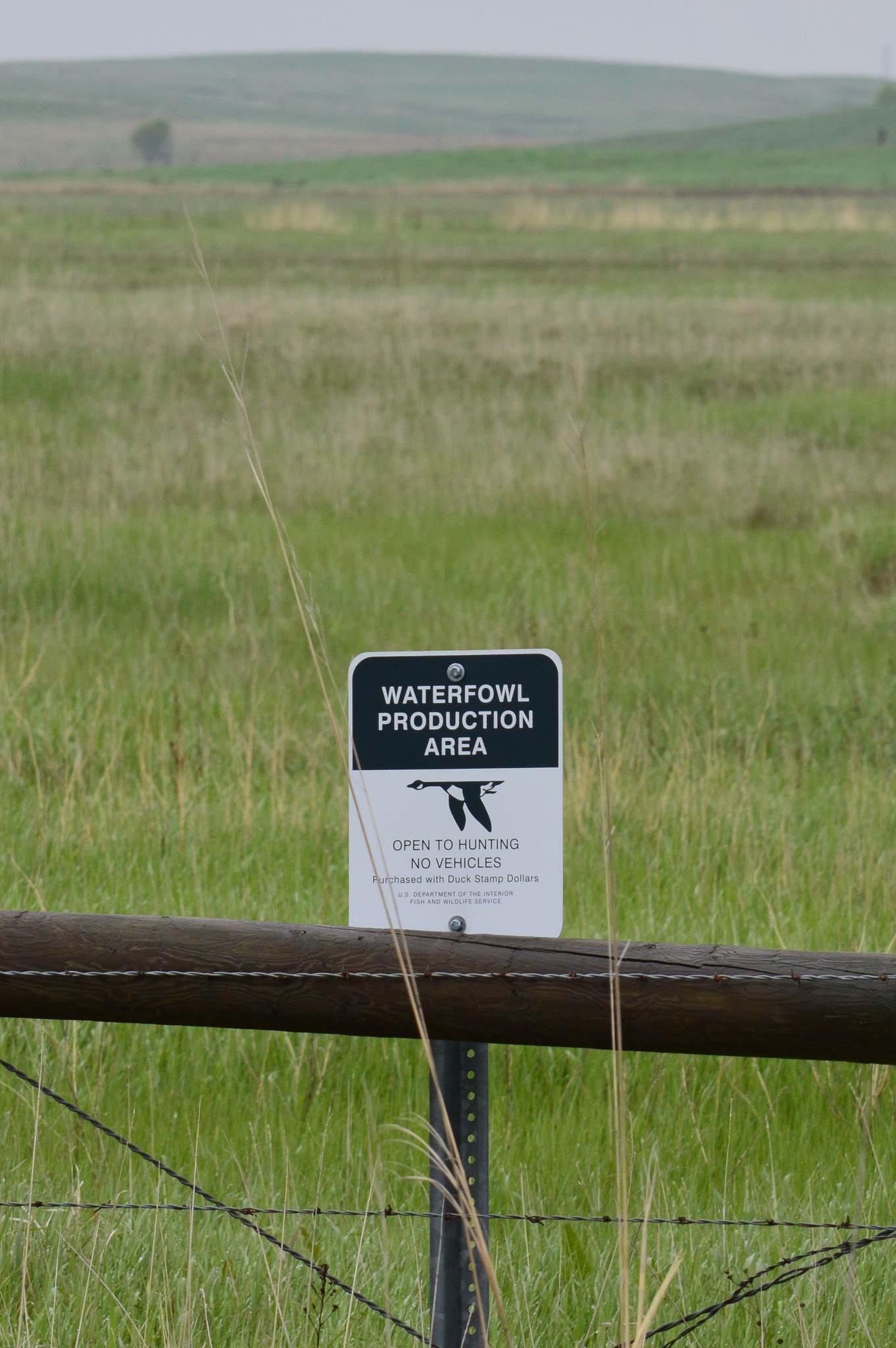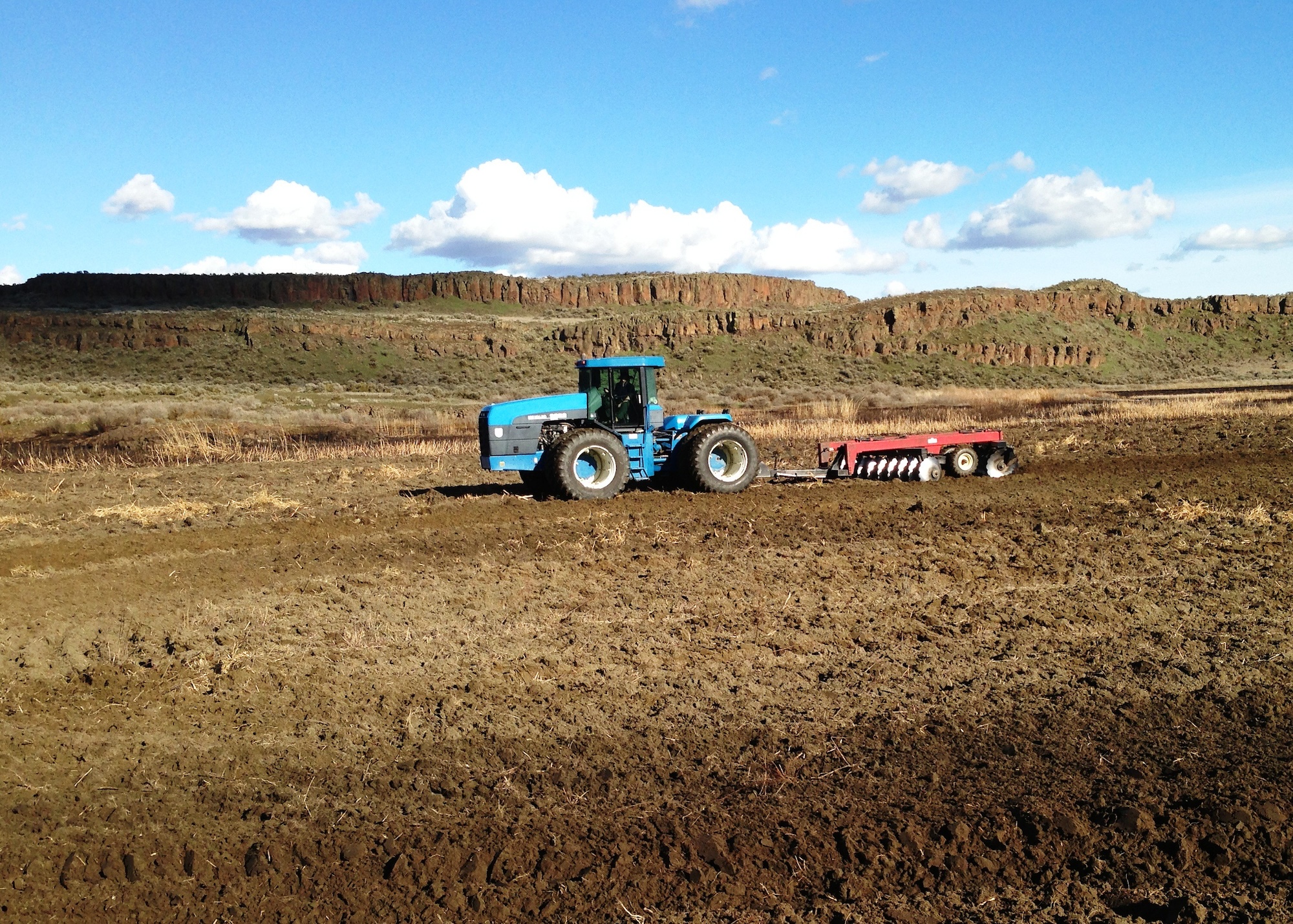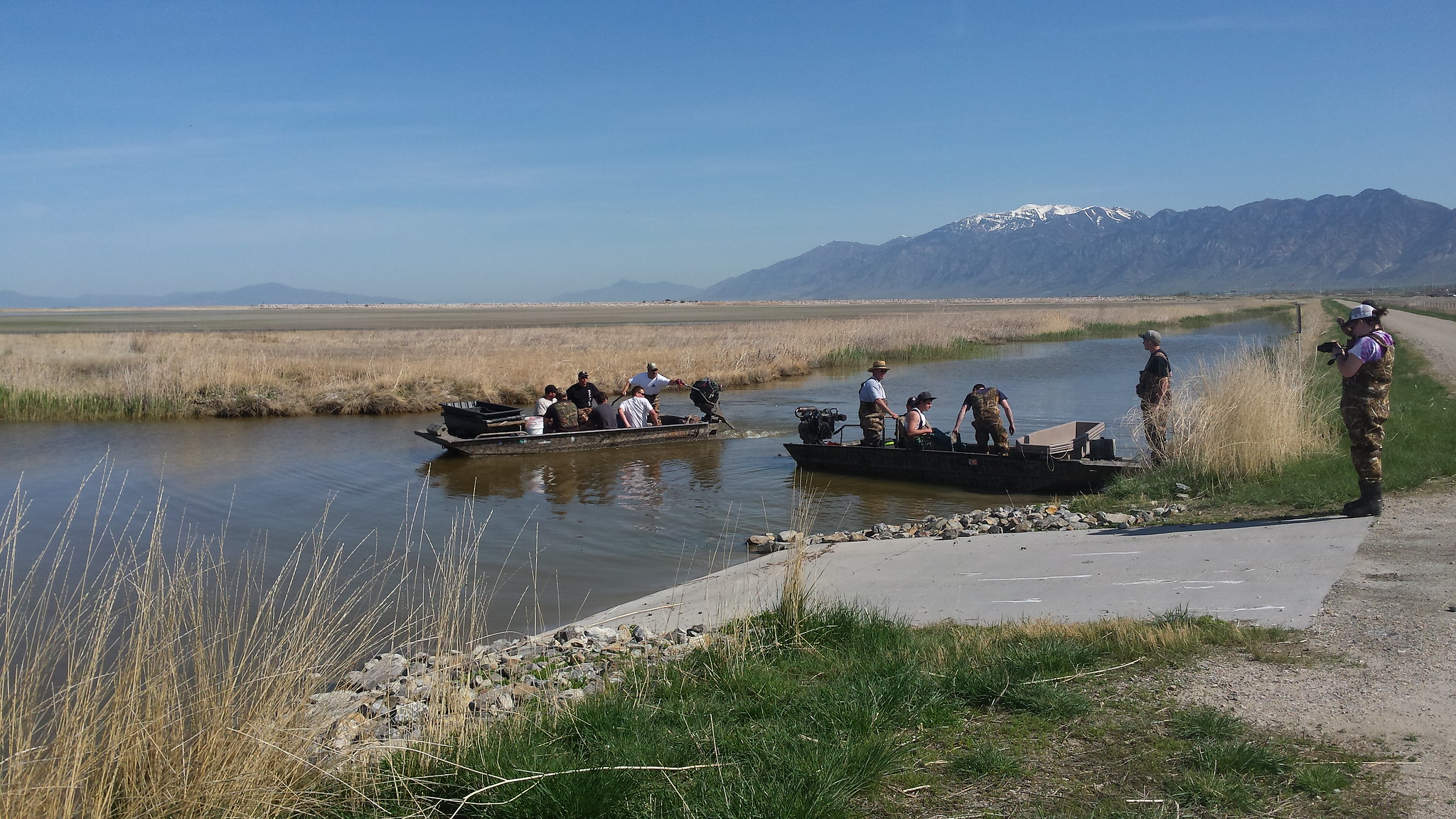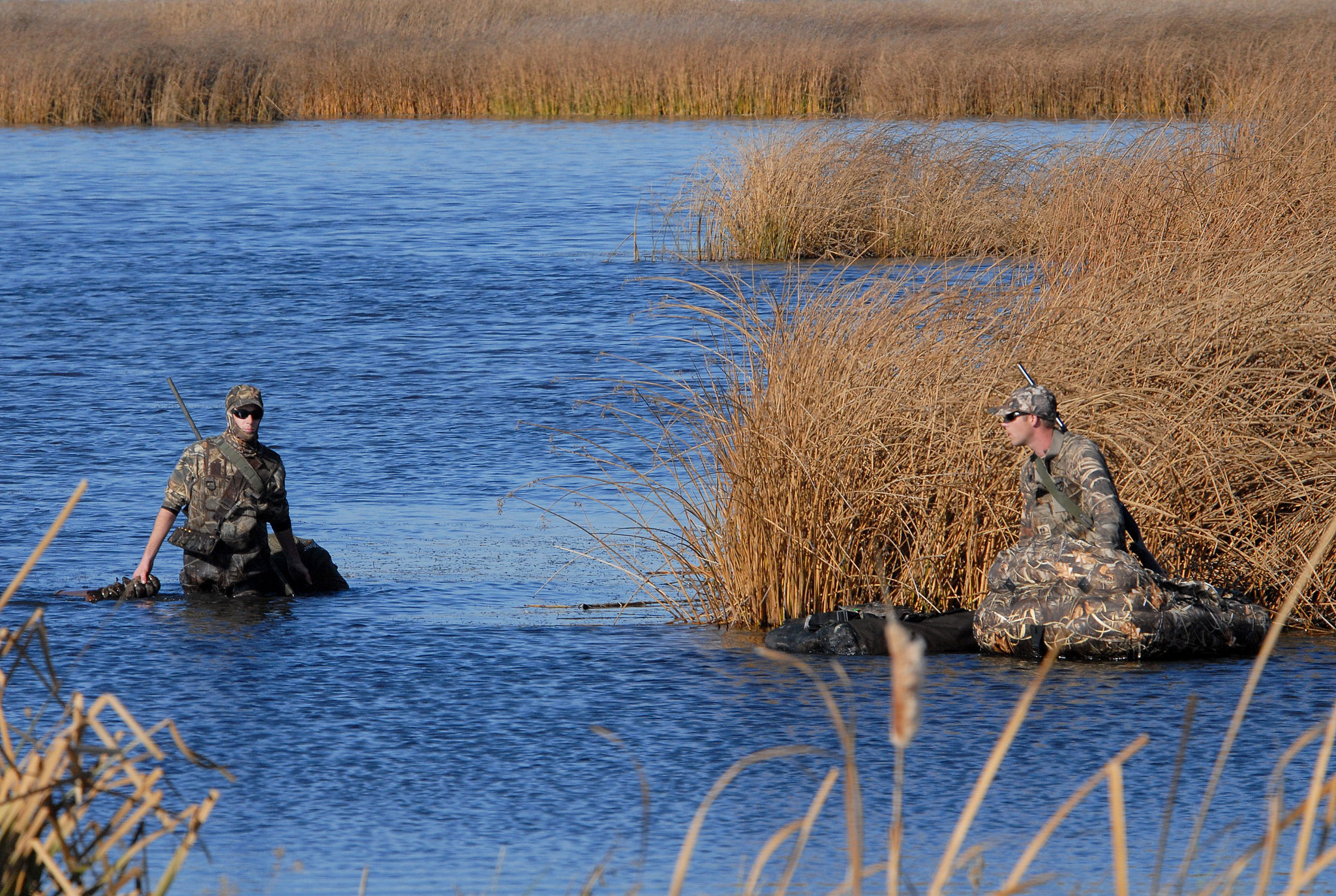In the pantheon of federal agencies, where acronyms massacre clarity and where layers of bureaucracy disguise intent, BIDEH seems especially sleepy and unremarkable.
Those letters stand for Biological Integrity, Diversity, and Environmental Health of the National Wildlife Refuge System, but what they represent is anything but sleepy. The federal rules, proposed by the U.S. Fish and Wildlife Service, have whipped hook-and-bullet conservation groups into a froth during the past weeks. That’s because, depending on how you interpret the application of BIDEH to the nation’s nearly 600 national wildlife refuges, it’s a first step to minimizing the role of hunters on these public properties.
But for the federal wildlife managers who oversee refuges, the blowback to BIDEH’s intent is itself surprising, because they claim it simply emphasizes management tools that have guided the refuge system for decades but which are being revisited in the context of climate change and human-caused habitat stress. Besides, they say, the goals of BIDEH should be widely shared by groups committed to healthy wildlife habitat since federal refuges are specifically managed for wildlife above all other purposes.
If BIDEH is a loose concept that most conservationists can support, a set of specific regulations being proposed by the USFWS is worrisome to organizations and their members who have deep connections to federal refuges in general — and in particular to those that play a critical role in producing waterfowl and sustaining their migration. Refuge practices that would be curtailed under the draft rule include most predator hunting and trapping, traditional agricultural activities, use of genetically modified organisms, and mosquito control.
The BIDEH rule was proposed in February to little fanfare, but soon caught the attention of conservation groups and Congress’s House Natural Resources Committee, whose Subcommittee on Water, Wildlife and Fisheries held an oversight hearing last month in which the underlying rationale for the rule was hotly questioned. The hearing’s title, “The National Wildlife Refuge System at Risk: Impacts of the U.S. Fish and Wildlife Service’s Proposed BIDEH Rule” gets at the tenor of the topic.
Ranking members of the committee blasted the USFWS’s draft rules as a “drastic and dramatic change” to refuge management. Subcommittee Chair Rep. Cliff Bentz (R-Ore.) noted that the rules create a default position “prohibiting the use of management tools essential to protect the use of our refuge system,” including “normal and historical” agricultural practices and native predator control that puts “at risk the very purpose of individual refuges.” Bentz’ Oregon congressional district includes Lower Klamath Basin National Wildlife Refuge, established in 1908 by President Theodore Roosevelt as the nation’s first waterfowl refuge.
The Service, for its part, says the proposal “will support conservation throughout the National Wildlife Refuge System and equip wildlife refuge managers with a framework to better tackle the dual threats of climate change and biodiversity loss.”
Last week a group of 29 conservation and sportsmen’s organizations, including Rocky Mountain Elk Foundation, the NRA, Ducks Unlimited, and Backcountry Hunters & Anglers, signed a letter to the Service urging “rescission of the BIDEH draft policy and manual chapter to initiate a new, more thoughtful, inclusive discussion about the management objectives and conservation challenges” of the refuge system.
Why Hunting Groups Oppose the Rule
What’s so incendiary about the USFWS’s proposed rules, and why is it bothering traditional conservation groups so deeply?
Partly, it’s because of the way the rules are framed. While another land-management agency in the Department of Interior, the Bureau of Land Management, says in its recent proposed rules that most recreational activities are allowed unless explicitly prohibited, the USFWS refuge rule casts blanket prohibitions that allows specific activities only if they are explicitly approved. That’s a major shift in traditional uses on the federal properties, say critics.

But a deeper angst among hunters and anglers is that the rules could change their relationship with refuges that, in many cases, were purchased with funds contributed by duck hunters. The Migratory Bird Hunting Stamp, more commonly known as the federal Duck Stamp, was created in the 1930s to establish a funding mechanism that could be used to purchase critical migratory-bird habitat. According to the USFWS’s own narrative, “ninety-eight cents of every duck stamp dollar goes directly into the Migratory Bird Conservation Fund to purchase or lease wetlands and wildlife habitat for inclusion in the National Wildlife Refuge System.”
Of the 580 federal wildlife refuges, more than 300 were purchased in full or partially with Duck Stamp funds and were established specifically for conservation of migratory birds, which includes shorebirds as well as waterfowl. Other refuges, especially those in central California’s rice-growing region, were established to minimize crop depredation by waterfowl by setting aside areas specifically for birds. On some of these refuges, which include conservation easements on private property, cooperative agricultural practices are an established management activity. Those practices could be prohibited or curtailed under BIDEH.
Some refuges actively cultivate what are called “warm foods,” cereal grains that sustain waterfowl and other birds on their long and calorie-depleting migrations. That practice could be totally or partially banned by the proposed rules.
“The idea that there is a unique founding purpose for each refuge is extremely important,” said one member of a hunting group who spoke on background. “These were never intended to be wilderness areas where there is no management activity. We think that everything the Service does on each refuge should go back to that founding purpose. Our concern with BIDEH is that it flips that on its head and creates a top-down approach that will remove managers’ flexibility to manage for the specific purpose of their property.”
What’s Best for Wildlife?


The directional flow of authority may be as critical to BIDEH’S reception as its specific rules. While national wildlife refuges operate under common guidelines and categorical expectations, individual managers historically have had wide latitude to manage their properties according to their establishment charter, site-specific constraints, and conservation opportunities.
The imposition of headquarters-level rules could hamstring refuge managers, reduce their flexibility and effectiveness, and potentially make them less conciliatory to their neighbors. On the other hand, the package of rules could also make refuge management more uniform across the system, ensuring that wider environmental goals are achieved, and confirming that natural processes — as opposed to human-manipulated operations — define refuge management.
But most hook-and-bullet groups say the BIDEH rules are not based on sound science, and will negatively impact migratory birds with little consultation from the international flyway committees, individual states, or conservation groups.
“The Refuge System plays a critical role in sustaining habitat and species, especially in landscapes where habitat has been lost or degraded,” wrote Delta Waterfowl in its official comments on the BIDEH rules. The waterfowl organization noted that a prohibition on GMO farming practices on refuges will simply shift bird use to surrounding agricultural landscapes, reducing the capacity of refuges to adequately sustain waterfowl.
“As waterfowl habitat has been lost or degraded over time, especially in key wintering areas, the role of the refuge system takes on even greater importance and as a result necessitating more intensive management, not less,” Delta wrote. “Any proposal which reduces the ability to manage habitat and foraging resources in light of these developments may very well result in refuges that provide far less habitat for migratory birds — an outcome wholly contrary to the very purpose of the refuge system.”

However an Interior Department source, who spoke on the condition of anonymity, says the very definition of federal refuges, where property is managed primarily for wildlife, is guiding BIDEH’s intention and emphasis.
“The refuge system is the only public land use in this country where wildlife comes first,” the Interior Department source says. “It’s not multiple use. We don’t have to cut timber or do oil and gas on these properties. These are special places, lands meant for wildlife, and I think that’s a purpose that should unite users, not divide them. Ecological diversity and environmental health go hand in hand with the purposes at both the unit level and system wide. You cannot have healthy wildlife populations if you don’t have biological integrity in your system.”
Hunting and conservation groups generally welcome opportunities to support the USFWS in its efforts to address current and future impacts of climate change, says Taylor Schmitz, director of federal relations with the Congressional Sportsmen’s Foundation. But Schmitz says the rule isn’t clear about how it would achieve those goals.
“While the BIDEH proposal in its entirety represents a monumental shift in how the Fish and Wildlife Service has managed the Refuge System for more than a century, it is important to look at the provided reasons for this proposal, which are climate change and anthropogenic stressors facing the Refuge System. We struggle to understand how the land and wildlife management de facto restrictions in the BIDEH proposal will strengthen the ability of refuge managers across the country to tackle the stated goals of the proposal.”
Predators and Mosquitoes
While the BIDEH rules offer general guidance about improving the ecological health of refuges, they also contain some very prescriptive prohibitions. They include:
- Native predator control would be prohibited “unless it is determined necessary to meet statutory requirements, fulfill refuge purposes, and ensure biological integrity, diversity, and environmental health.” Refuge managers would be able to remove invasive predators for any reason and manage native predators for public health and safety concerns. Authorized subsistence harvest could also be allowed.
- Conservation translocations of species outside their native range could be allowed on refuges in order to avoid extinction or to restore a species.
- Genetically engineered organisms would be prohibited on refuges “unless their use is determined necessary to meet statutory requirements, fulfill refuge purposes, and ensure biological integrity, diversity, and environmental health.”
- Invasive species would be eradicated on refuges as part of an integrated pest management plan.
- Pesticides may be used as part of an integrated pest management plan that doesn’t have adverse effects on non-target species.
- Agricultural practices would be prohibited “unless they are determined necessary to meet statutory requirements, fulfill refuge purposes, and ensure biological integrity, diversity, and environmental health, and where we cannot achieve refuge management objectives through natural processes.”
- Control of native mosquitoes would be prohibited unless determined to meet refuge purposes and protect human health. “In these situations, chosen control methods must be the least injurious to fish, wildlife, and their habitats. We may coordinate with public health agencies or mosquito control organizations to implement the most effective control methods that minimize risk to refuge ecosystems and public health.”
Concerns Over a Wider Change

Like so many natural resource issues over the last couple years, the BIDEH rule seems to be creating a battleground on national wildlife refuges between two very different user groups: those who would use refuges for hunting and other consumptive activities, and those who would like to see them managed as wildlife sanctuaries and de facto wilderness areas.
A news release issued by the Humane Society of the United States even before the proposed rules were widely known, celebrates them as “a huge victory for countless wildlife living on refuges,” and further noted that the rule “proposed to ban predator control, which would save these species from senseless slaughter and provide them with the protections they deserve and need to survive.”
To opponents of the rules, this all looks like preferential treatment for anti-hunting groups.
The notion that hunting might be de-emphasized on refuges that were established by hunters and generally managed for hunting is unlikely in the foreseeable future. The Biden administration has moved to expand hunting opportunities on some refuges (while also implementing rules to phase out lead ammo use in the refuge system). However, the Humane Society’s characterization of BIDEH as a major course-correction is concerning, says the hunting group source.
“I think our community is generally worried to hear that the Service calls this a very minor change, but then you have groups as wildly dissimilar as HSUS and the Safari Club calling BIDEH a major change,” they said. “That makes me wonder what’s really going on here, and so far the Service hasn’t been able to adequately answer that question.”
The U.S. Fish & Wildlife Service received nearly 40,000 comments during the 60-day BIDEH comment period that closed last week. Service administrators will respond to those comments and incorporate them in a final rule, which is expected to be issued later this summer.
Congress could act to rescind the rules. Alternatively, the Biden administration could delay or modify their implementation. Or the rules could be implemented in upcoming refuge management plans.
